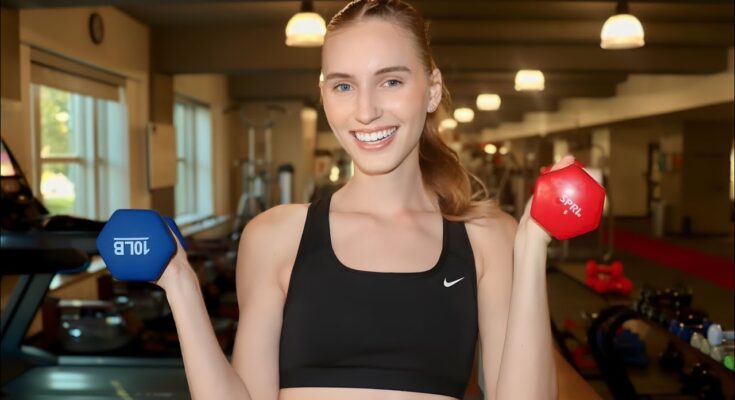When people think of learning English, they often picture classrooms, textbooks, or online courses. But language learning can happen anywhere — including the gym! Teaching English at the gym combines physical activity with language practice, making the learning process dynamic, fun, and highly effective. This approach not only improves English skills but also builds confidence, promotes a healthy lifestyle, and encourages social interaction.
In this article, we’ll explore how teaching English at the gym works, why it’s effective, and some practical strategies and activities you can use. Whether you’re a language teacher, fitness instructor, or someone looking to combine fitness with language learning, this guide is for you.

Why Teach English at the Gym?
The gym might not seem like an obvious place for language lessons, but it offers unique advantages:
1. Real-Life Context
Language sticks better when learned in context. At the gym, learners can immediately apply words and phrases related to exercise, body parts, movement, and health.
2. Kinesthetic Learning
Many people learn best by doing. Combining physical movement with language practice helps reinforce vocabulary and phrases in a memorable way.
3. Boosts Motivation
Learning English while working out keeps lessons fresh and exciting. It breaks the monotony of traditional learning and can appeal to students who prefer active environments.
4. Encourages Social Interaction
The gym is a social space. Teaching English there provides opportunities for real conversations with peers, trainers, and even strangers, fostering practical speaking skills.
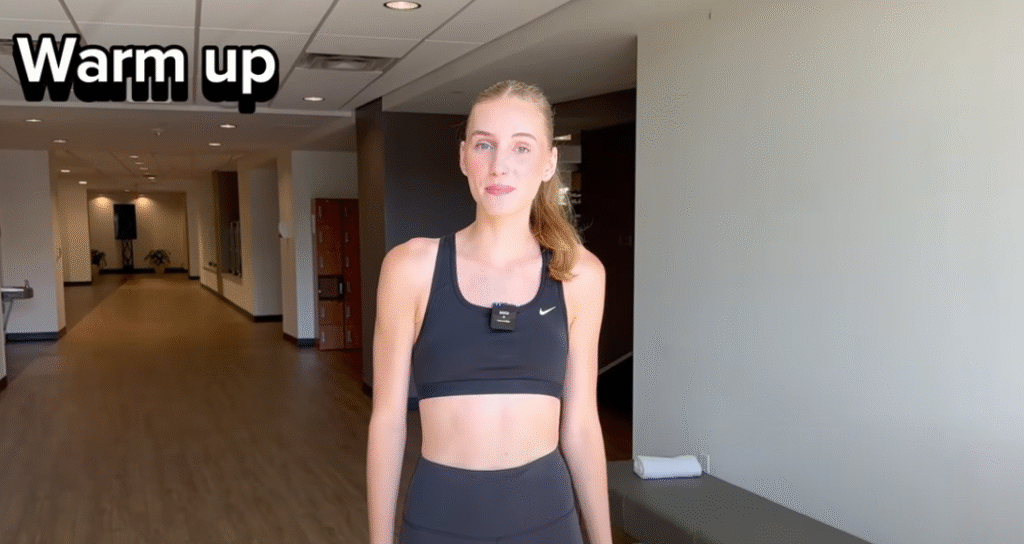
What English Can Be Taught at the Gym?
There’s a wide range of vocabulary and phrases that naturally fit into gym-based English lessons:
Vocabulary Topics
- Body parts: arms, legs, shoulders, back, core, etc.
- Equipment: treadmill, dumbbells, bench, mat, resistance bands.
- Actions: stretch, lift, push, pull, squat, bend, jump.
- Fitness terms: reps, sets, cardio, strength training, warm-up, cool-down.
- Health-related words: stamina, flexibility, balance, endurance, injury.
Common Phrases
- “How many sets are left?”
- “Can you spot me?”
- “Let’s do a quick warm-up.”
- “Focus on your posture.”
- “Take a deep breath.”
- “Keep your back straight.”
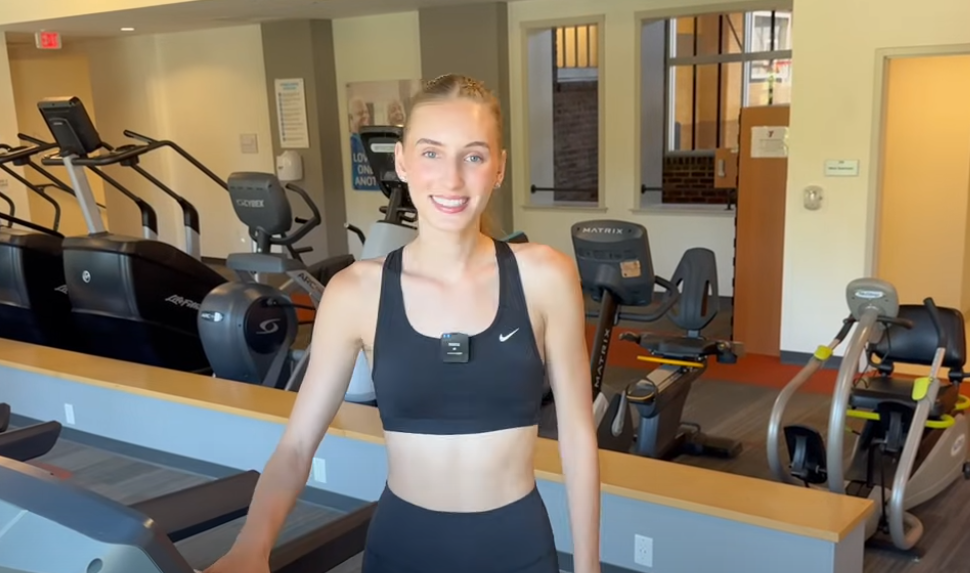
Instructions & Commands
- “Do ten squats.”
- “Hold this position for 30 seconds.”
- “Switch sides.”
- “Increase the weight slowly.”
- “Rest between sets.”
These words and phrases are practical and can be practiced repeatedly during workouts, ensuring retention.
How to Teach English at the Gym: Practical Strategies
1. Warm-Up Conversations
Start each session with simple greetings and small talk. Questions like “How are you feeling today?” or “What did you do over the weekend?” can get learners comfortable speaking English before diving into workouts.
2. Vocabulary in Action
Introduce new vocabulary through demonstration. For example, while showing a squat, you can say: “This is a squat. Bend your knees, keep your back straight, and lower yourself down.” Having learners repeat the words while performing the action reinforces learning.
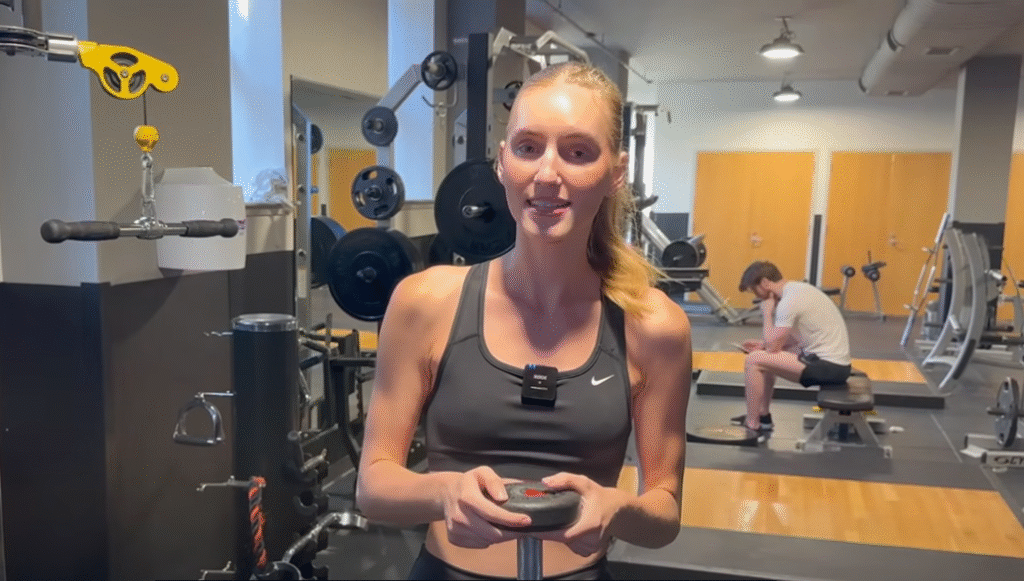
3. Follow-the-Instructor Activities
Give simple commands in English for learners to follow. Start with basic instructions like “Jump!” or “Stretch your arms,” and gradually increase complexity: “Do five lunges, then switch sides.”
4. Pair Work and Role Play
Have learners work in pairs to give instructions to each other. One plays the role of a trainer, saying commands in English, while the other follows. This builds speaking confidence and listening skills.
5. Interactive Circuits
Set up different workout stations with English instructions. For example, one station might have a sign saying: “Do 15 push-ups. Remember to keep your elbows close.” Learners read the instruction, perform the exercise, and rotate stations.
6. Use Visual Aids
Flashcards, posters, or even apps showing body parts, exercises, and equipment can be helpful, especially for visual learners. You can point to a poster and say, “This is a plank position. Let’s hold it for 20 seconds.”

7. Incorporate Listening Practice
Play English-language workout videos or audio instructions for learners to follow. This helps them get used to different accents and speeds of speech.
8. Reflection Cool-Down
After the workout, have a cool-down session where learners describe what they did in English. For example: “Today, I did three sets of squats and ten push-ups. My arms feel tired.”
Example Lesson Plan: English at the Gym (Beginner Level)
Here’s a simple 45-minute session outline:
Warm-Up (10 minutes)
- Greetings and small talk.
- Review last session’s vocabulary.
- Light stretching with vocabulary: “Touch your toes,” “Raise your arms.”
Main Activity (25 minutes)
- Introduce five new exercises (e.g., plank, lunges, jumping jacks).
- Demonstrate each with English explanation.
- Learners repeat the name and perform the exercise.
- Pair activity: students give commands to each other using new words.
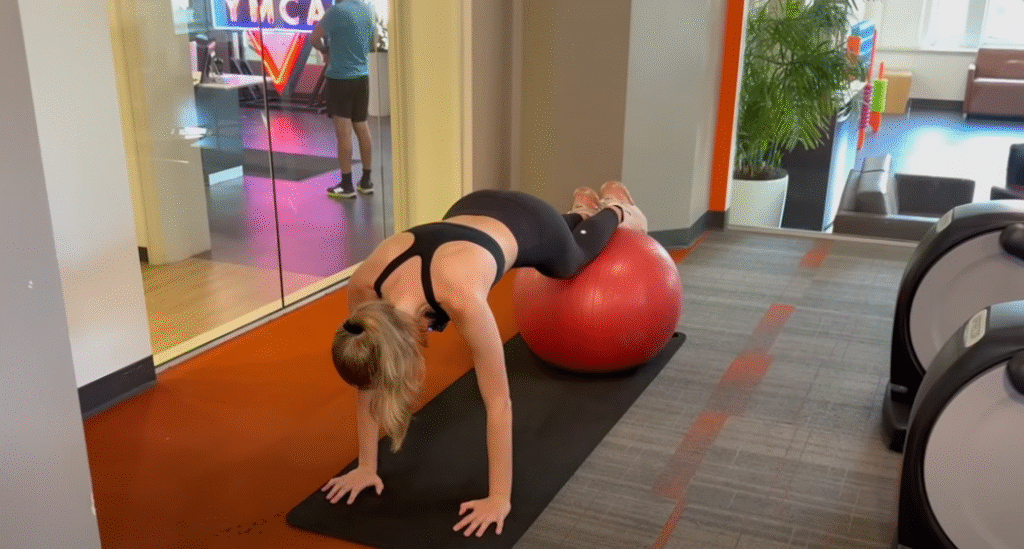
Cool-Down (5 minutes)
- Guided stretching using English instructions.
- Reflect: students describe in simple sentences what exercises they did.
Wrap-Up (5 minutes)
- Recap vocabulary.
- Quick Q&A session.
- Assign a fun challenge: “Next time, teach a new exercise to the group in English.”
Tips for Success
- Keep Language Simple: Use clear, concise instructions, especially with beginners.
- Be Patient: Correct gently and encourage practice, not perfection.
- Use Repetition: Repeating words while moving helps retention.
- Stay Positive: Celebrate small achievements to keep learners motivated.
- Adapt to Levels: For advanced learners, introduce fitness articles, podcasts, or group discussions on health topics.

Challenges & Solutions
Challenge 1: Noise and Distractions
Gyms can be noisy, making it hard to hear instructions.
Solution: Find a quieter corner or use visual aids and hand signals to support verbal instructions.
Challenge 2: Mixed Language Levels
Learners may have different English abilities.
Solution: Pair stronger speakers with beginners for peer support and adjust tasks based on proficiency.
Challenge 3: Balancing Fitness and Language Goals
Some may focus more on working out than learning English.
Solution: Integrate language naturally into workouts, so it feels less like a “lesson” and more like part of the activity.
Final Thoughts
Teaching English at the gym is an innovative way to blend physical activity with language learning. It breaks down barriers, makes lessons engaging, and provides a real-life context that helps learners use English in meaningful ways. Plus, it promotes a healthy lifestyle, which is a bonus!
With the right strategies, patience, and creativity, the gym can become a fantastic classroom where learners build not only stronger bodies but also stronger language skills.
